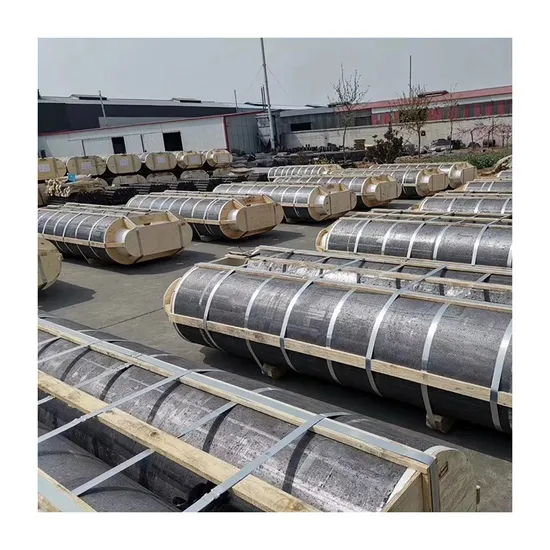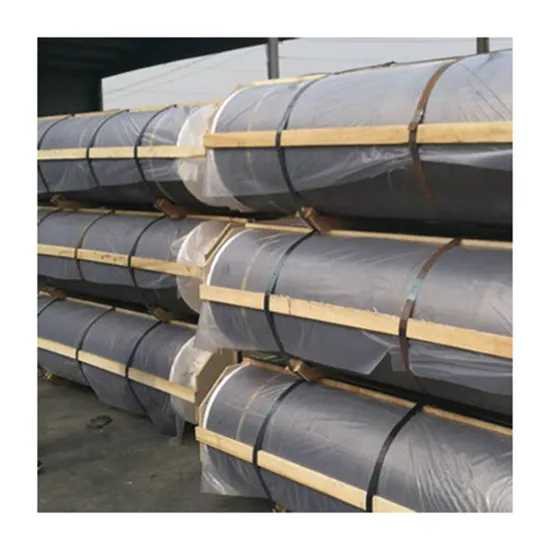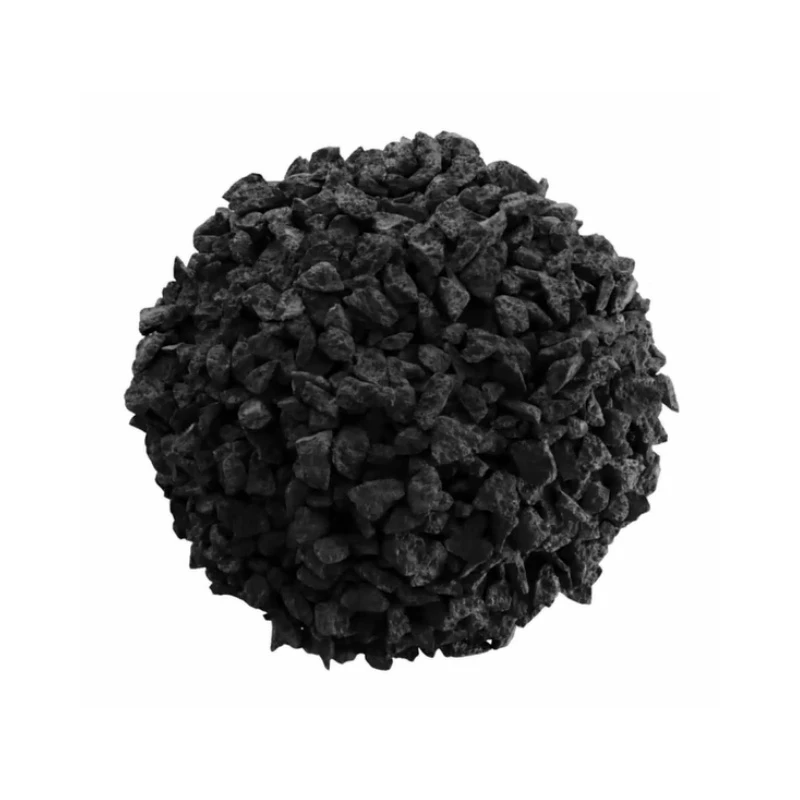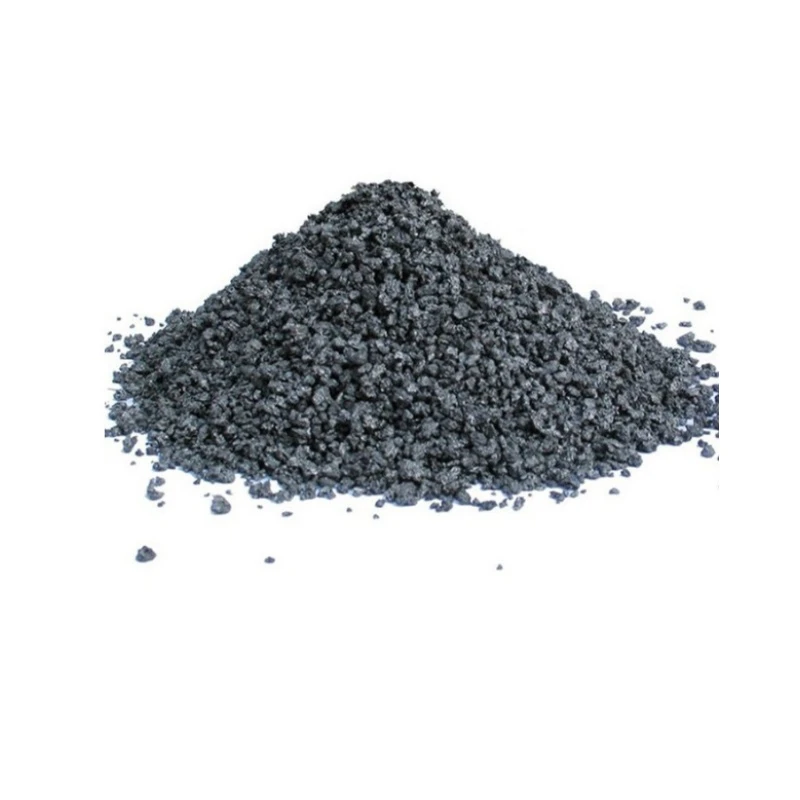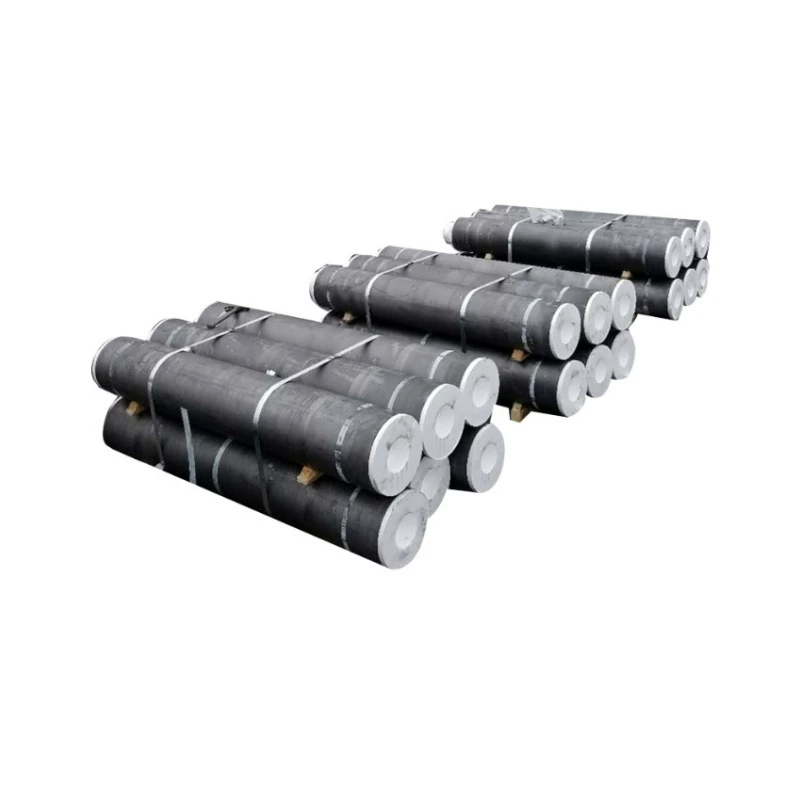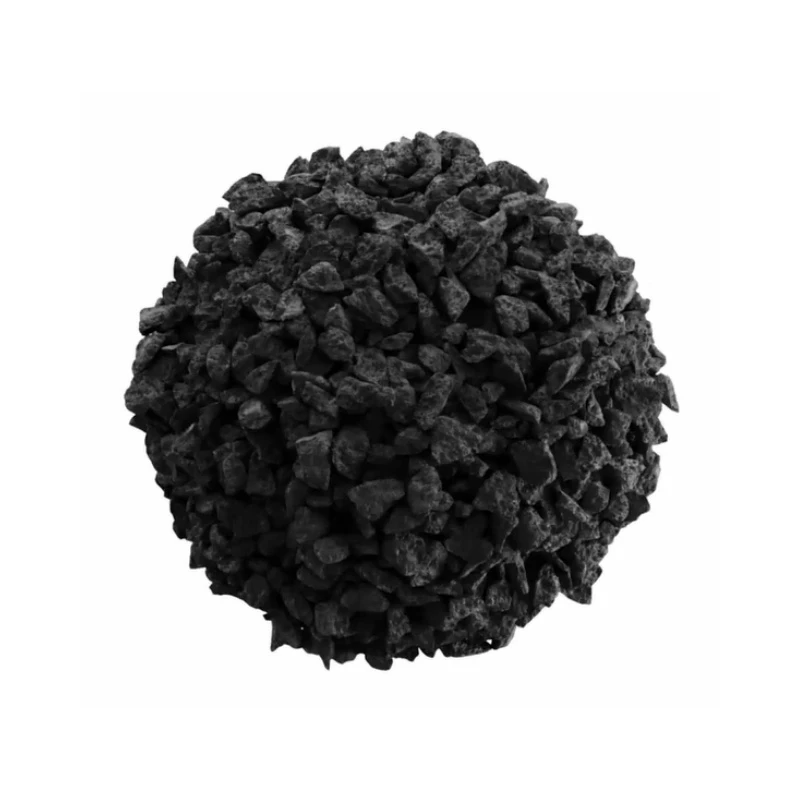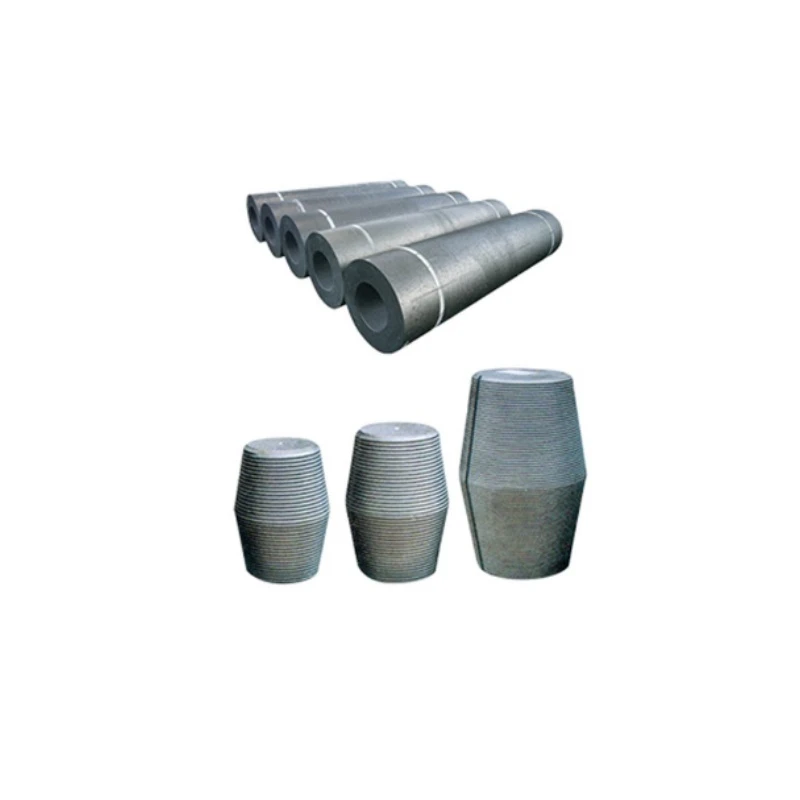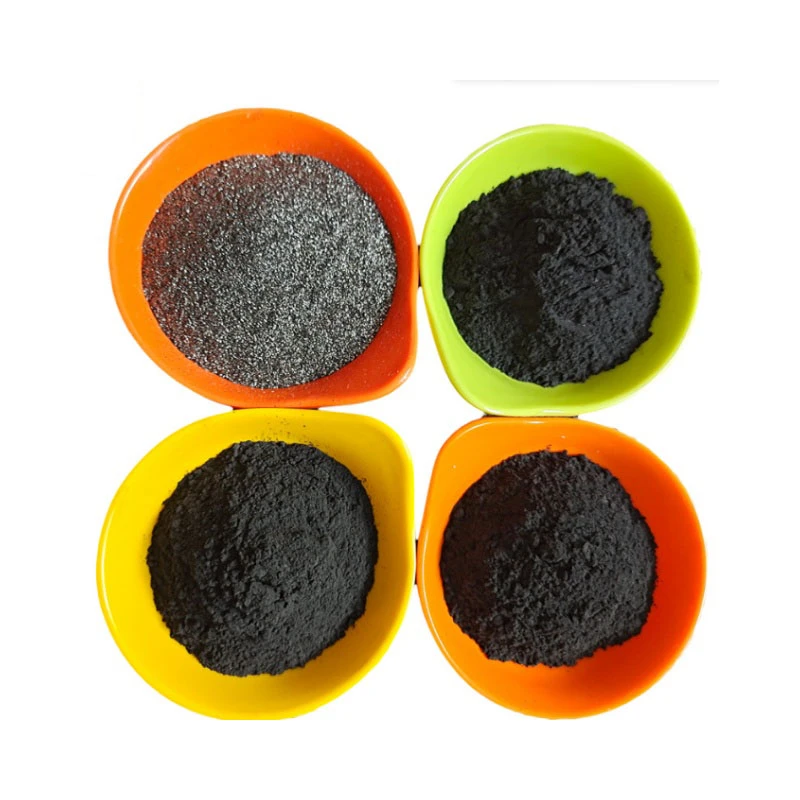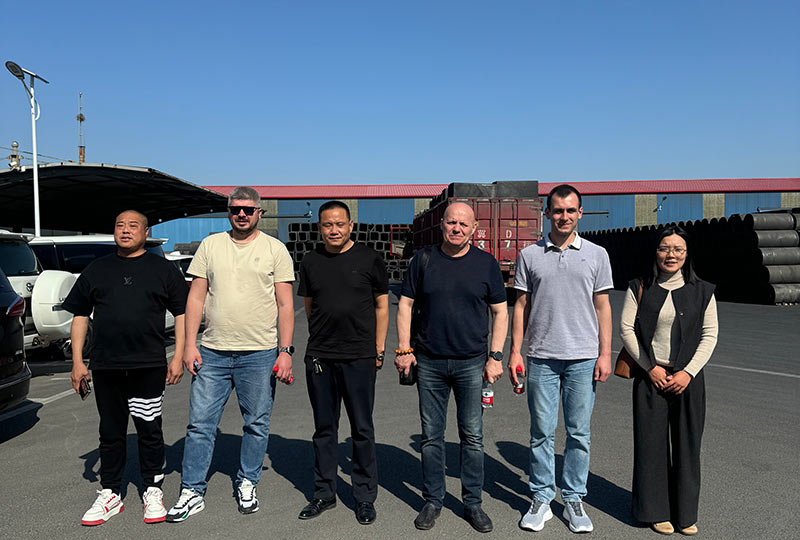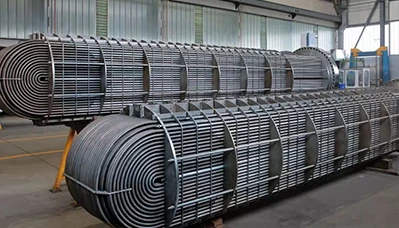- Englist


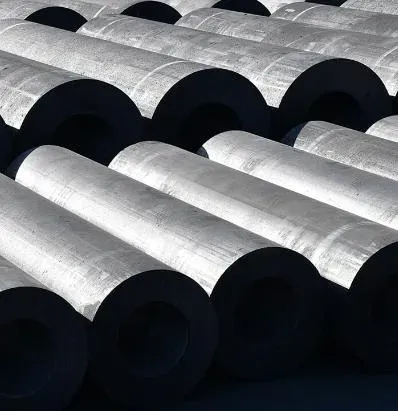
- Market Dynamics and Data Insights on Calcined Petcoke
- Technical Superiority in Production Processes
- Comparative Analysis of Leading Manufacturers
- Custom Solutions for Diverse Industrial Needs
- Case Study: Efficiency Gains in Aluminum Smelting
- Sustainability and Environmental Compliance
- Future Trends in Calcined Petroleum Coke Prices

(calcined petcoke)
Market Dynamics and Data Insights on Calcined Petcoke
The global calcined petcoke
market is projected to grow at a CAGR of 5.2% from 2023 to 2030, driven by rising demand in aluminum and steel industries. Recent data indicates that calcined petroleum coke prices fluctuated between $380-$520 per metric ton in Q2 2024, influenced by crude oil volatility and carbon emission regulations. Key regions like Asia-Pacific account for 62% of consumption, with China and India leading production and imports.
Technical Superiority in Production Processes
Advanced calcination technologies, such as rotary kilns and vertical shaft calciners, enhance carbon purity (up to 99.5%) while reducing sulfur content below 2.5%. Proprietary graphitization methods improve electrical conductivity, making high-grade calcined petcoke indispensable for lithium-ion battery anodes. Emission control systems, including scrubbers and electrostatic precipitators, ensure compliance with ISO 14001 standards.
Comparative Analysis of Leading Manufacturers
| Manufacturer | Sulfur Content (%) | Carbon Content (%) | Moisture (%) | Price Range ($/MT) |
|---|---|---|---|---|
| Rain Industries | 2.1-2.8 | 98.7 | 0.3 | 410-490 |
| Oxbow | 1.9-2.4 | 99.2 | 0.2 | 450-520 |
| Minerais | 2.3-3.0 | 98.5 | 0.4 | 380-460 |
Custom Solutions for Diverse Industrial Needs
Tailored calcined petcoke blends address specific client requirements:
- Anode-Grade: 99% fixed carbon, ≤2% sulfur for aluminum smelters
- Fuel-Grade: 97% fixed carbon, ≤4% sulfur for cement kilns
- Specialty-Grade: Ultra-low metals (V+Ni < 300ppm) for titanium dioxide production
Case Study: Efficiency Gains in Aluminum Smelting
A Middle Eastern smelter achieved 12% lower energy consumption and 8% higher anode life by switching to premium calcined petcoke with 99.1% carbon purity. Over 18 months, this translated to:
- Annual savings: $2.4M in power costs
- Production increase: 15,000 MT/year
- CO₂ reduction: 28,000 MT/year
Sustainability and Environmental Compliance
Modern calcination plants now recycle 92-95% of waste heat, slashing natural gas usage by 35%. Emission rates for particulate matter have been reduced to <15 mg/Nm³, exceeding EU BAT criteria. Carbon credit programs offset 18-22% of operational costs for compliant producers.
Future Trends in Calcined Petroleum Coke Prices
Analysts predict calcined petcoke prices will stabilize at $430-$480/MT by Q1 2025 as green production capacity expands. Innovations in microwave calcination could cut processing costs by 20%, while ESG-focused investors are prioritizing suppliers with verified Scope 3 emission reductions. The shift toward circular economy models ensures calcined petcoke remains central to low-carbon industrial strategies.
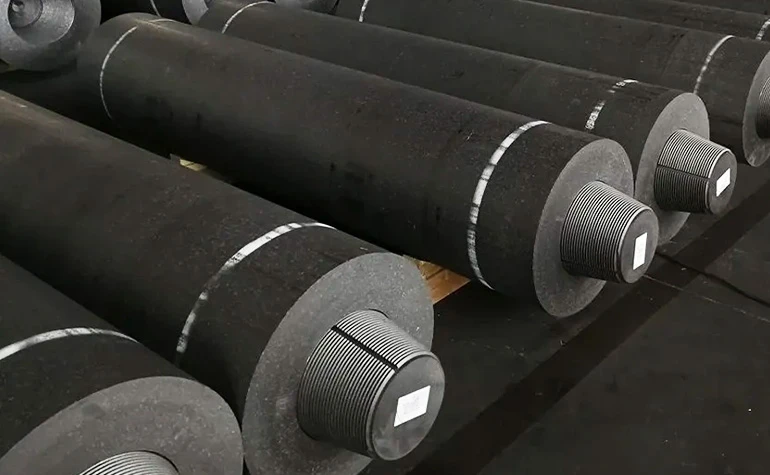
(calcined petcoke)
FAQS on calcined petcoke
Q: What factors influence calcined petcoke prices?
A: Calcined petcoke prices are influenced by crude oil costs, supply-demand dynamics, and regional market conditions. Environmental regulations and aluminum/steel industry demand also play key roles. Global trade policies and transportation expenses further impact pricing.
Q: How is calcined petcoke produced?
A: Calcined petcoke is made by heating raw petroleum coke to 1200–1350°C to remove moisture and volatile matter. This process enhances carbon content and electrical conductivity. The product is primarily used in aluminum smelting and steel manufacturing.
Q: Why do calcined petroleum coke prices vary by region?
A: Regional price differences stem from logistics costs, import/export tariffs, and local supply availability. Energy policies and environmental compliance standards also contribute. Demand fluctuations in industries like cement or titanium dioxide further drive disparities.
Q: How can I track calcined petcoke price trends?
A: Monitor industry reports from agencies like Argus Media or ICIS for real-time data. Subscribe to market newsletters or aluminum/steel sector updates. Analyze crude oil trends and global manufacturing indices for predictive insights.
Q: What are the main applications of calcined petcoke?
A: Calcined petcoke is vital as an anode material in aluminum production and a carbon additive in steelmaking. It’s also used in titanium dioxide pigment manufacturing and cement kilns. Its high carbon purity makes it ideal for reducing metal oxides.





 Pervious
Pervious
 Next
Next
